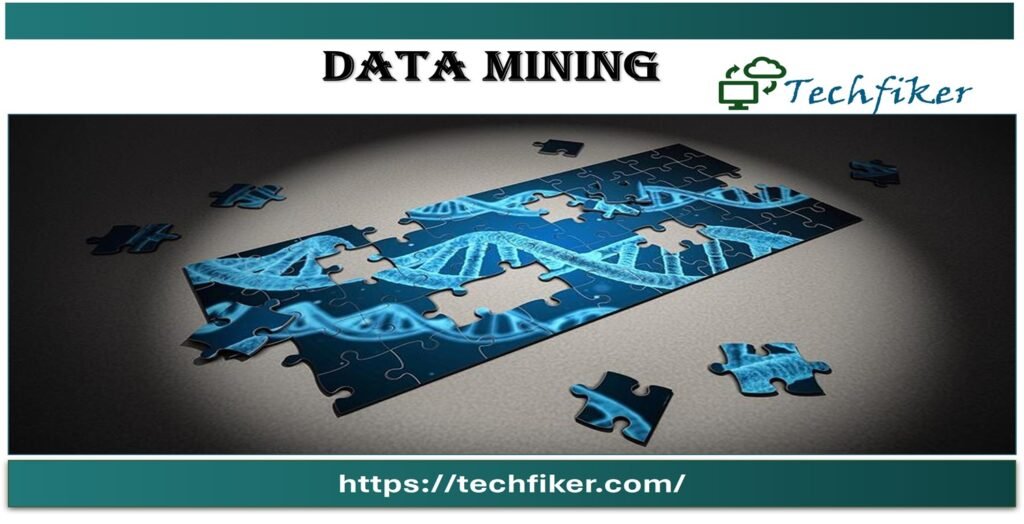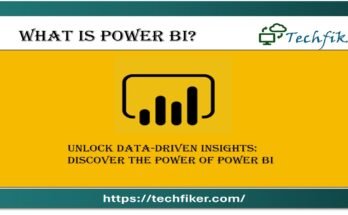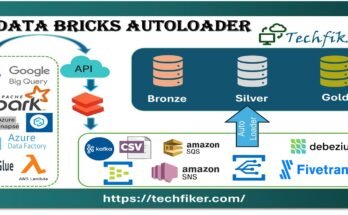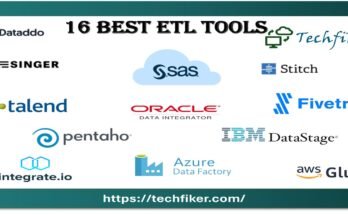Data Mining
One technique for turning unstructured data into information that can be used is data mining. By using software to find patterns in vast amounts of data, businesses can gain more insight into their customers, improve marketing campaigns, increase sales, and reduce costs. Data mining requires efficient computer processing, data warehousing, and data collection. I hope you understand the fundamentals of data mining.

How does data mining work?
The process of looking through and evaluating large amounts of data in order to find important patterns and trends is known as data mining. Database marketing, credit risk management, fraud detection, spam email screening, and even user sentiment analysis are just a few of its many uses.
The data mining process consists of five steps. Organizations first collect data, which is then put into data warehouses. After that, the data is stored and handled, either in the cloud or on internal servers. Information technology experts, management teams, and business analysts access the data and determine how to arrange it. After the data has been sorted by application software based on the user’s conclusions, the data is finally presented by the end-user in an easily understandable format, like a table or graph.
What professionals or businesses utilize data mining?
Data mining is used by governments to identify possible security threats and by the financial sector to look for market trends. Businesses, especially social media and internet companies, use data mining as a tactic to create successful marketing and advertising campaigns that cater to specific user demographics.
How is data mining performed?
Data mining (AI) requires big data and advanced computing methods like machine learning and other artificial intelligence. The goal is to identify patterns in otherwise unstructured or large data sets that can be used to make predictions or draw conclusions.
Example of data mining:
It’s common knowledge that grocery stores use data mining tools. Many supermarkets give away free loyalty cards to their customers, granting them access to special prices that aren’t available to non-members. Retailers can easily monitor who is buying what, when, and how much with the cards. Once the data has been evaluated, retailers can use it to decide when to sell items at full price or on sale and to give customers coupons based on their past purchases.
Data mining can result in problematic solutions when a business uses a small sample of information that is not representative of the entire sample population to support a particular claim.
Take a look at our other blogs that may be of assistance:


